Diane Keaton: the Oscar-winning star of Annie Hall
Something’s Gotta Give actor dies from pneumonia at the age of 79
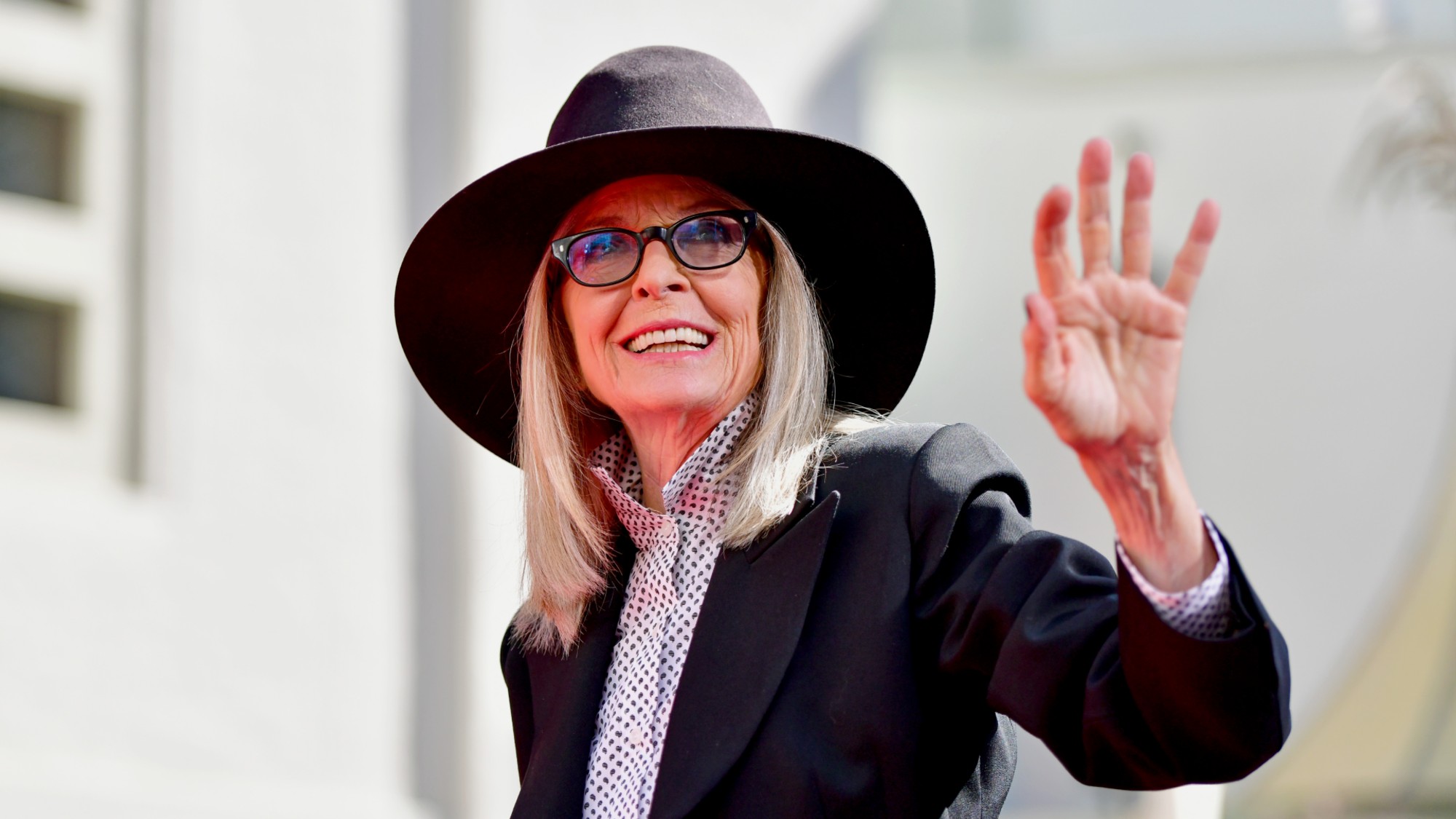
“Too tall and too ‘kooky’” – that was one casting director’s verdict on Diane Keaton in the late 1960s, said The Guardian. But when the actress, who has died aged 79, auditioned for the original stage production of the comedy “Play It Again, Sam”, its writer, Woody Allen, was transfixed. Keaton was, he recalled, “adorable, funny, totally original in style, real, fresh … One talks about a personality that lights up a room, she lit up a boulevard.”
A few years later, he cast her in the film version – in the same year as she proved her dramatic skills with her “heartbreaking” performance as Kay, the wife of Al Pacino’s character Michael in “The Godfather”, a role she reprised in its sequels. But it was Allen’s “Annie Hall”, in 1977, that turned her into one of the biggest stars of her era.
By then, she and Allen were ex-lovers – and he had, she said, based the role on her. (Her real surname was Hall; her nickname was Annie.) Her performance won her an Oscar, and helped establish the Diane Keaton persona, said The New York Times. This rested partly on her nervous, jittery delivery (“La-di-da, la-di-da, la-la,” is her famous line in the film), but also on her “unmistakable aesthetic” – quirky takes on “traditionally male looks”, including ties, button-down shirts, waistcoats and trilby hats.
The Week
Escape your echo chamber. Get the facts behind the news, plus analysis from multiple perspectives.

Sign up for The Week's Free Newsletters
From our morning news briefing to a weekly Good News Newsletter, get the best of The Week delivered directly to your inbox.
From our morning news briefing to a weekly Good News Newsletter, get the best of The Week delivered directly to your inbox.
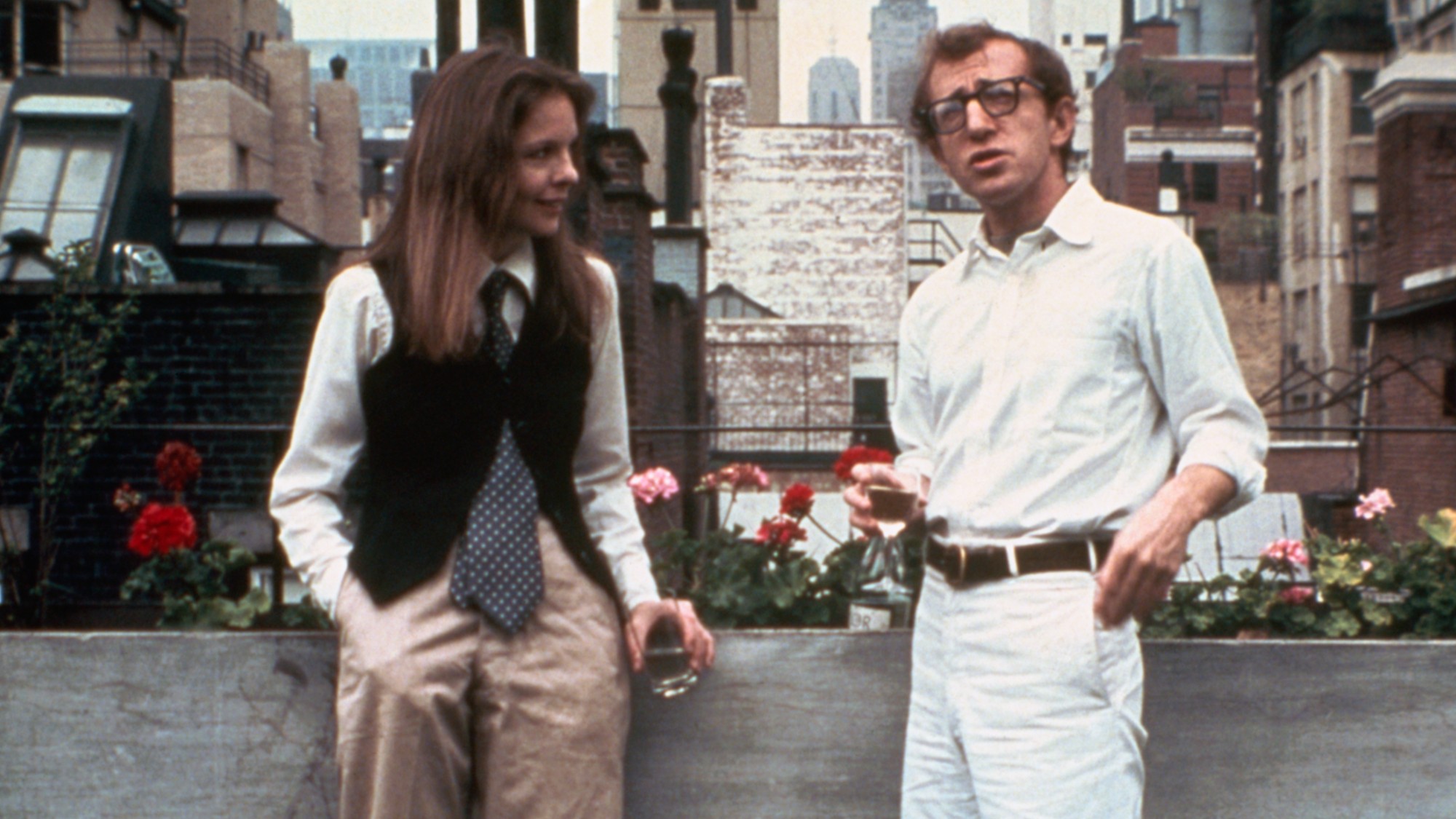
Diane Keaton and Woody Allen in Annie Hall (1977)
Famously self-deprecating, she downplayed her role in creating her “signature look”, but even if she had been inspired by the “Soho chic” she saw on New York’s streets, it was Keaton who devised the wardrobe, and who made the clothes such a key part of the character.
Conveying ‘Keaton-ness’
A versatile actress, she could disappear into roles (such as in Warren Beatty’s 1981 film “Reds”, for which she was nominated for an Oscar), but her ability to convey “Keaton-ness” was a skill in itself.
Diane Hall was born in Los Angeles in 1946, where her father was a civil engineer, and her mother an amateur photographer. As a child, her female role models included Katharine Hepburn, to whom she would later be likened owing to her strength and intelligence, as well as her way with trousers. At 19, she moved to New York, where she won a role in “Hair” (she took her mother’s maiden name, as Hall was already taken). She made her film debut in 1970; “Annie Hall” was the fourth of the eight films she made with Allen – a lifelong friend whom she publicly defended when he was accused of abusing his adopted daughter.
Beyond acting
She remained in demand in the 1980s and 1990s, with notable roles in films including “Father of the Bride” and “Baby Boom”. In 2004, she was nominated for another Oscar, for “Something’s Gotta Give”, in which she played a buttoned-up writer who is pursued by both a dishy young doctor (Keanu Reeves) and an ageing roué (Jack Nicholson).
A free daily email with the biggest news stories of the day – and the best features from TheWeek.com
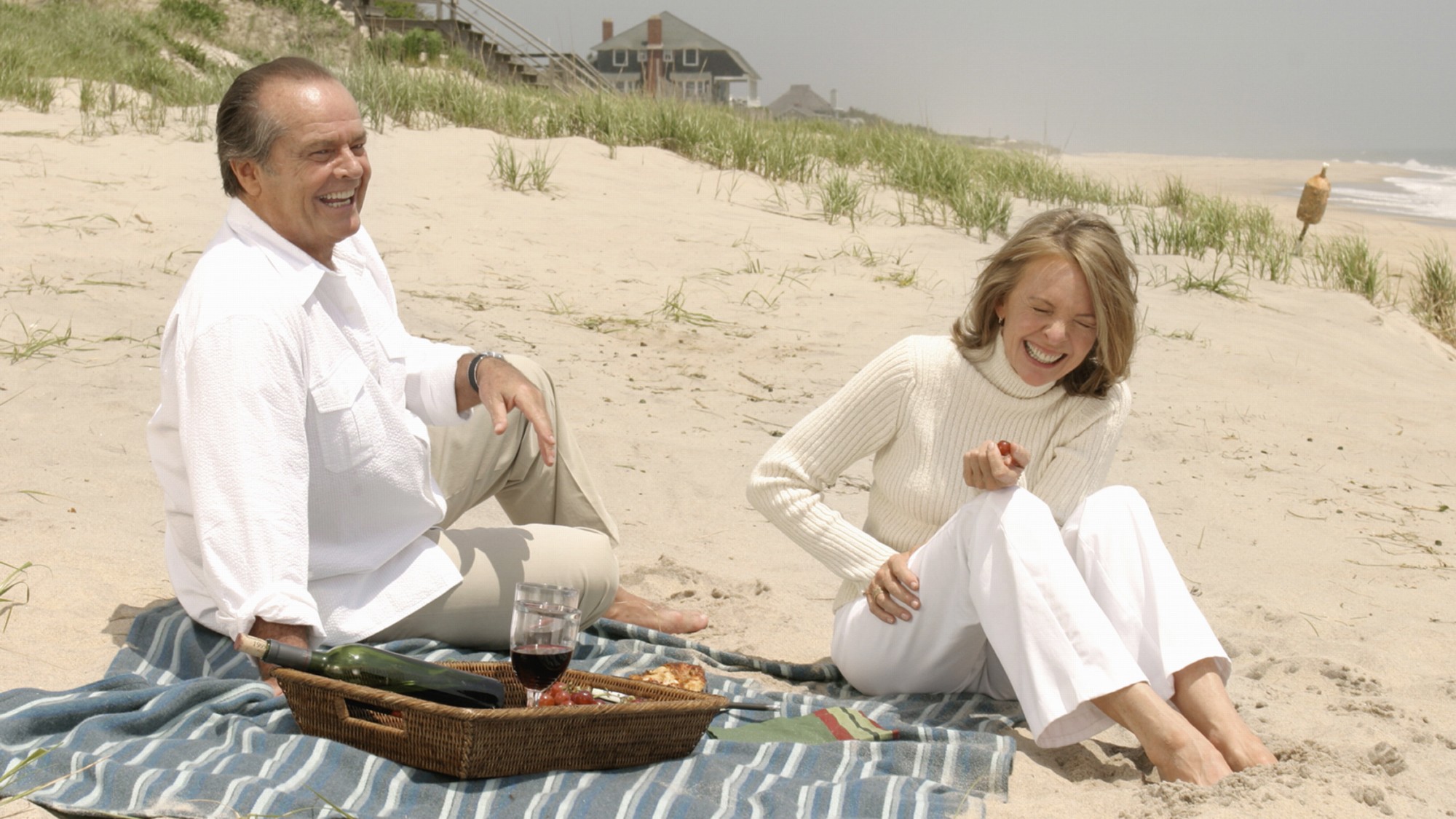
Jack Nicholson and Diane Keaton in Something’s Gotta Give (2003)
She herself never married, but she had long-term relationships with two of her co-stars – Pacino and Beatty. She adopted two children, and took time out to raise them, and also to look after her younger brother, Randy, who suffered from mental illness. With interests well beyond acting, she directed an episode of “Twin Peaks”, wrote books about art and architecture, published her photographs, and made a documentary examining beliefs about the afterlife, called “Heaven”.
-
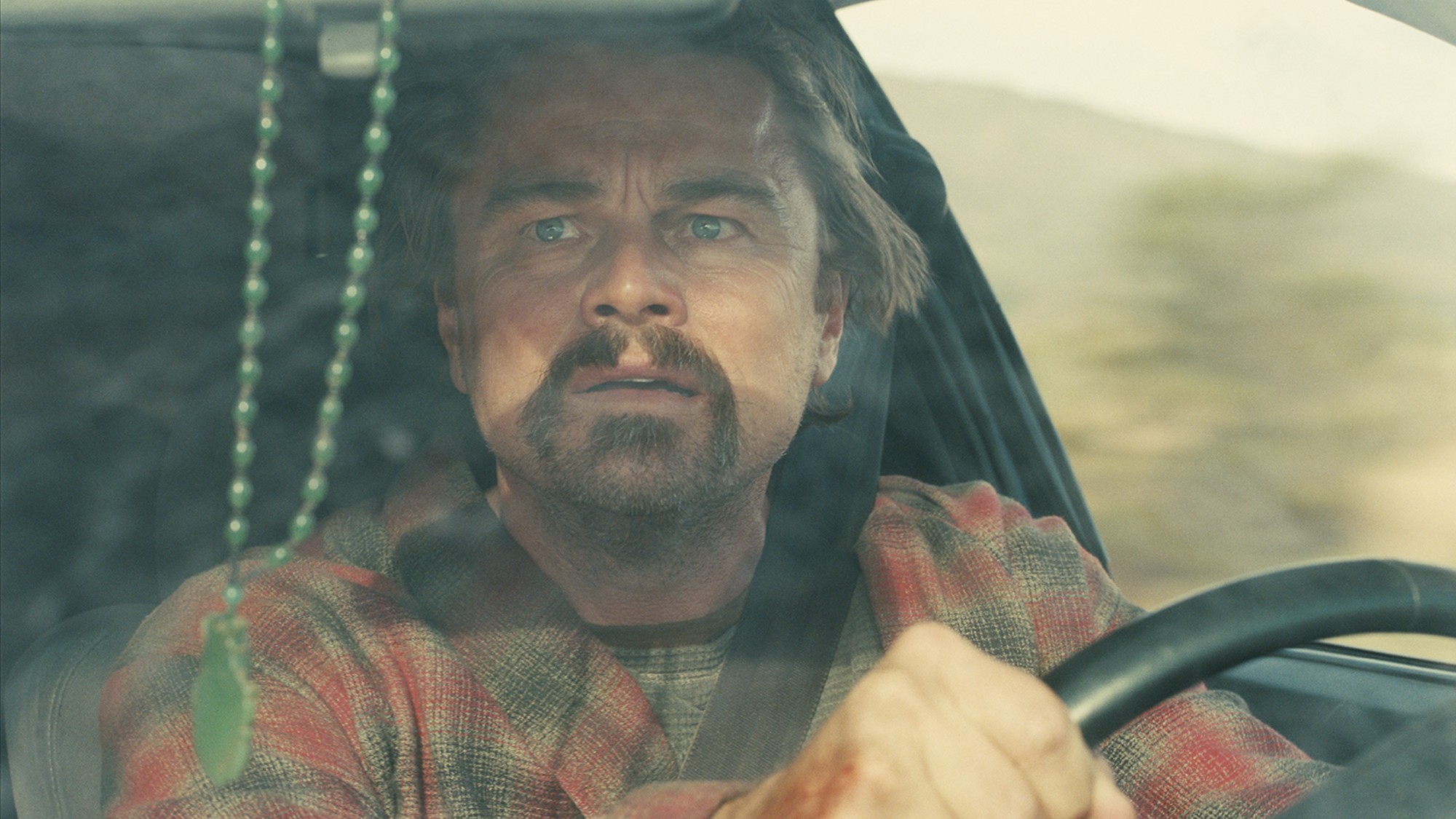 Critics’ choice: The year’s top 10 movies
Critics’ choice: The year’s top 10 moviesFeature ‘One Battle After Another’ and ‘It Was Just an Accident’ stand out
-
 The small Caribbean island courting crypto billions
The small Caribbean island courting crypto billionsUnder the Radar Crypto mogul Olivier Janssens plans to create a libertarian utopia on Nevis
-
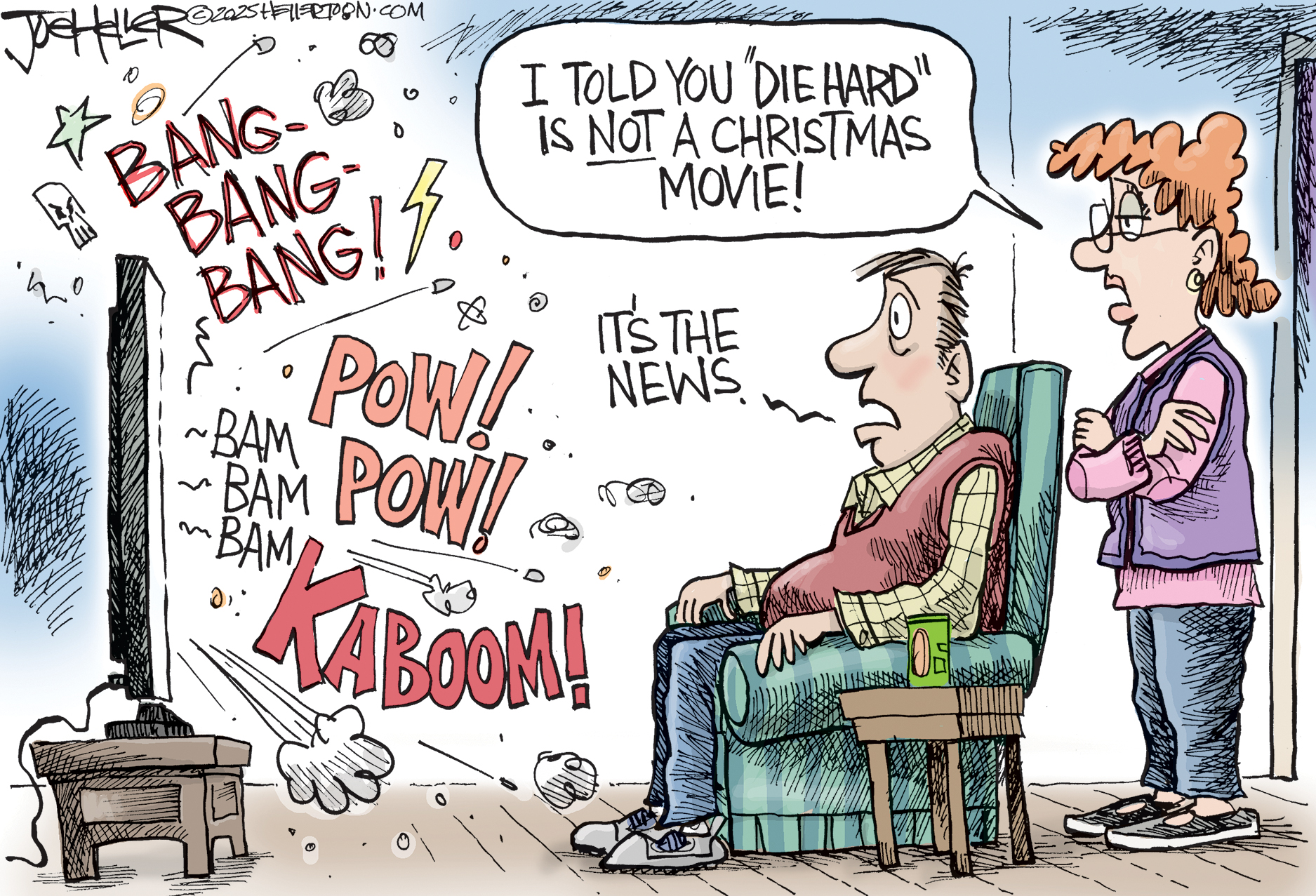 Political cartoons for December 21
Political cartoons for December 21Cartoons Sunday’s political cartoons include Christmas movies, AI sermons, and more
-
 Critics’ choice: The year’s top 10 movies
Critics’ choice: The year’s top 10 moviesFeature ‘One Battle After Another’ and ‘It Was Just an Accident’ stand out
-
 A luxury walking tour in Western Australia
A luxury walking tour in Western AustraliaThe Week Recommends Walk through an ‘ancient forest’ and listen to the ‘gentle hushing’ of the upper canopy
-
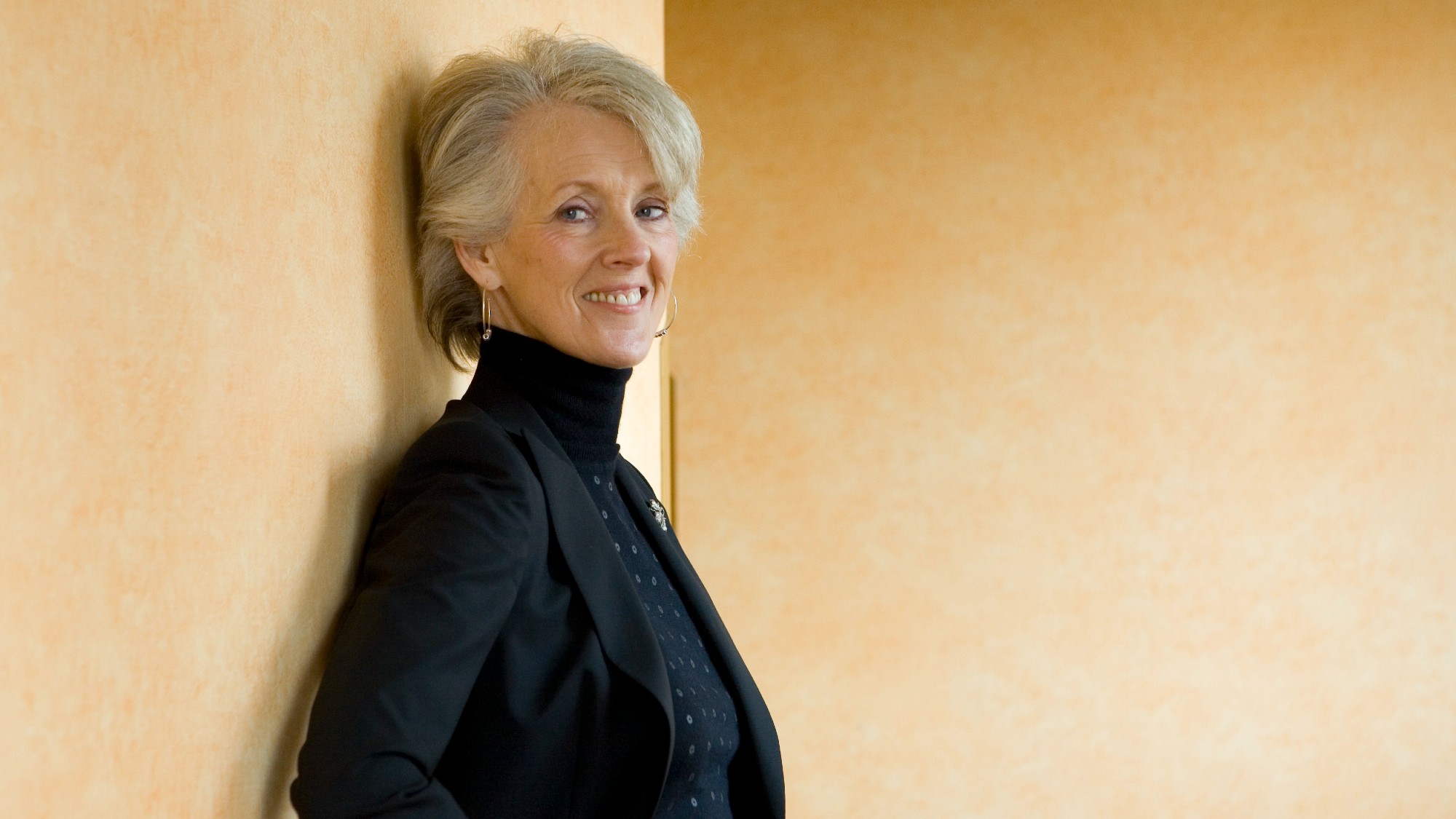 Joanna Trollope: novelist who had a No. 1 bestseller with The Rector’s Wife
Joanna Trollope: novelist who had a No. 1 bestseller with The Rector’s WifeIn the Spotlight Trollope found fame with intelligent novels about the dramas and dilemmas of modern women
-
 Appetites now: 2025 in food trends
Appetites now: 2025 in food trendsFeature From dining alone to matcha mania to milk’s comeback
-
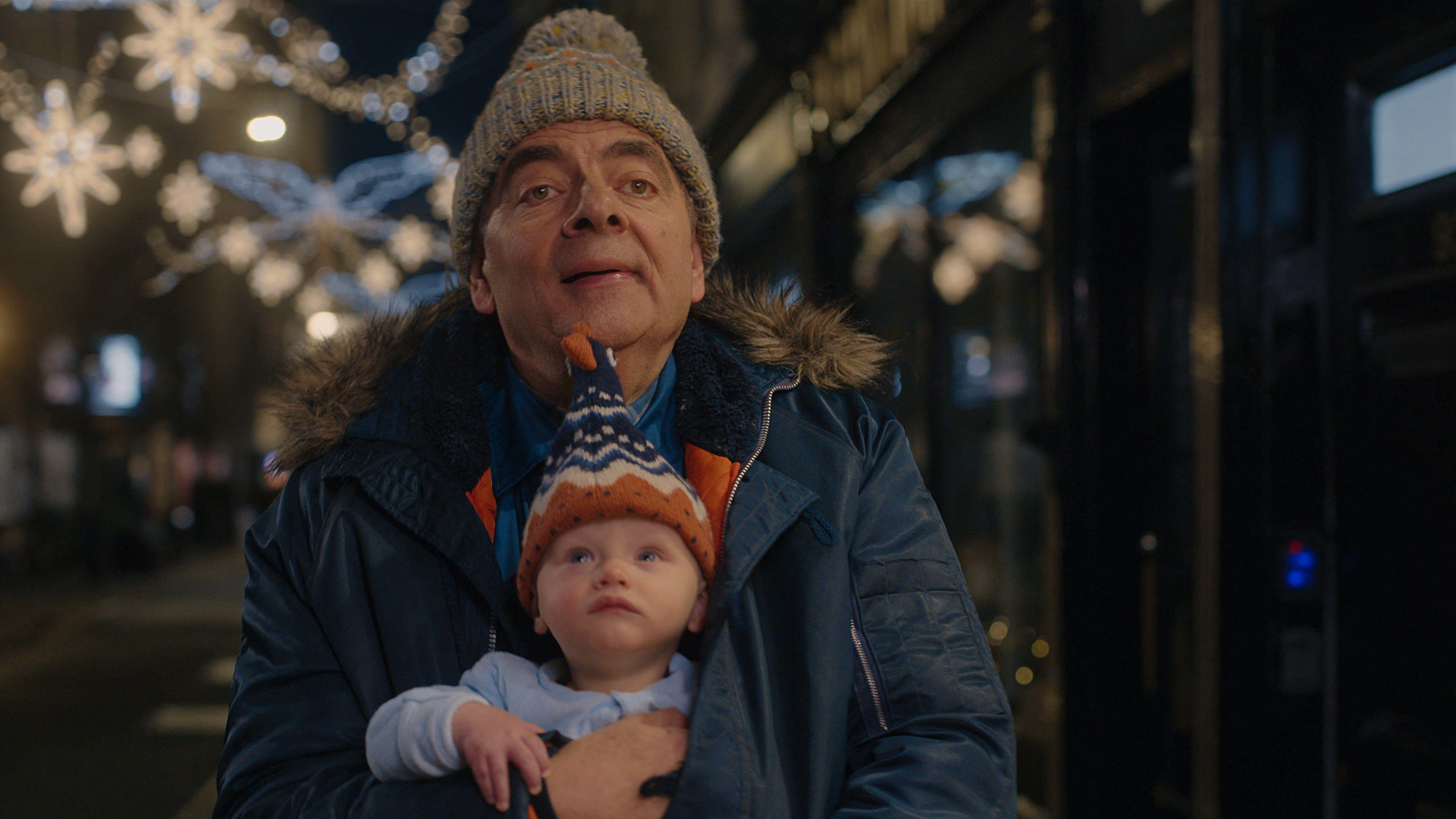 Man vs Baby: Rowan Atkinson stars in an accidental adoption comedy
Man vs Baby: Rowan Atkinson stars in an accidental adoption comedyTalking Point Sequel to Man vs Bee is ‘nauseatingly schmaltzy’
-
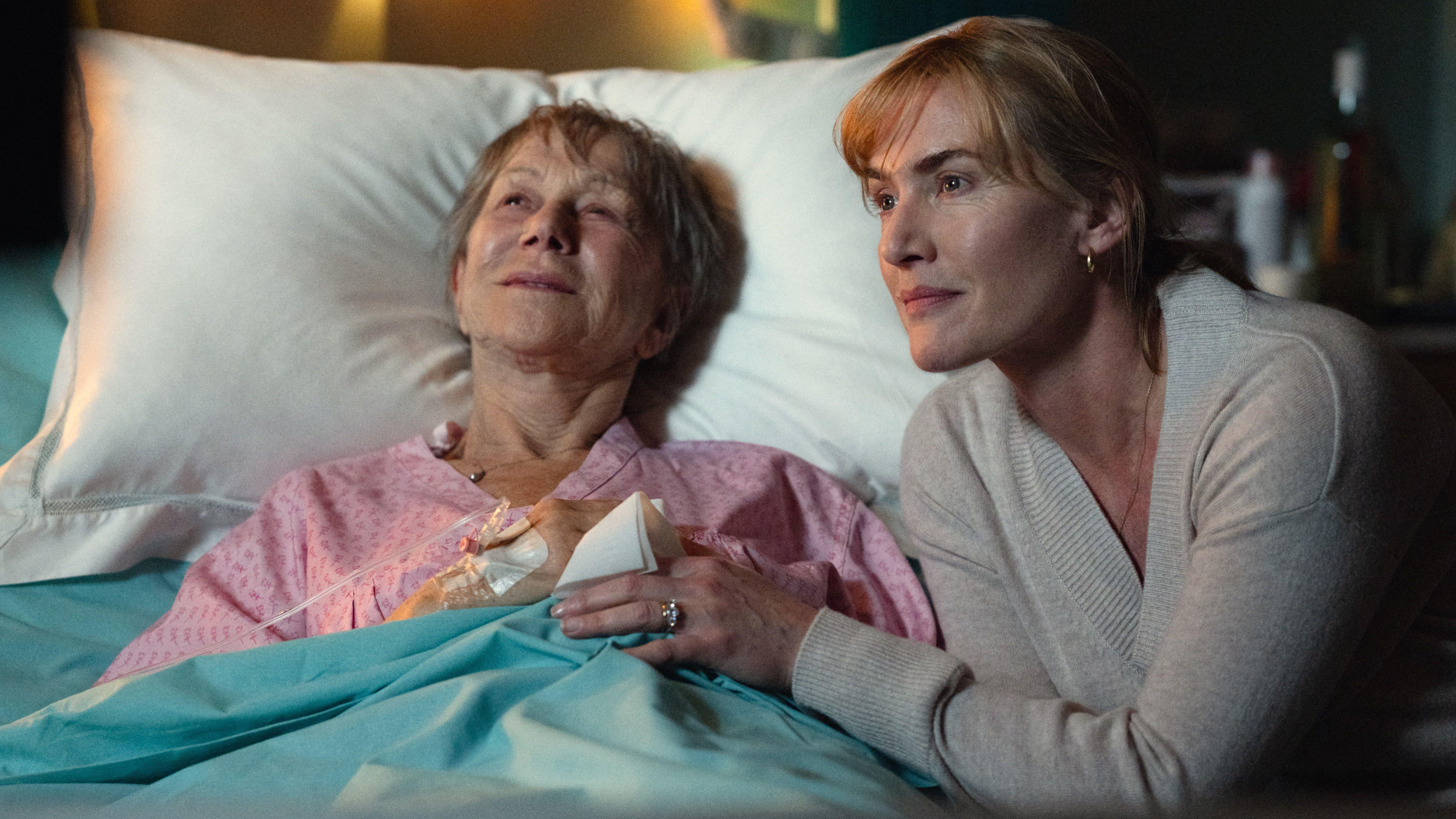 Goodbye June: Kate Winslet’s directorial debut divides critics
Goodbye June: Kate Winslet’s directorial debut divides criticsTalking Point Helen Mirren stars as the terminally ill English matriarch in this sentimental festive heartwarmer
-
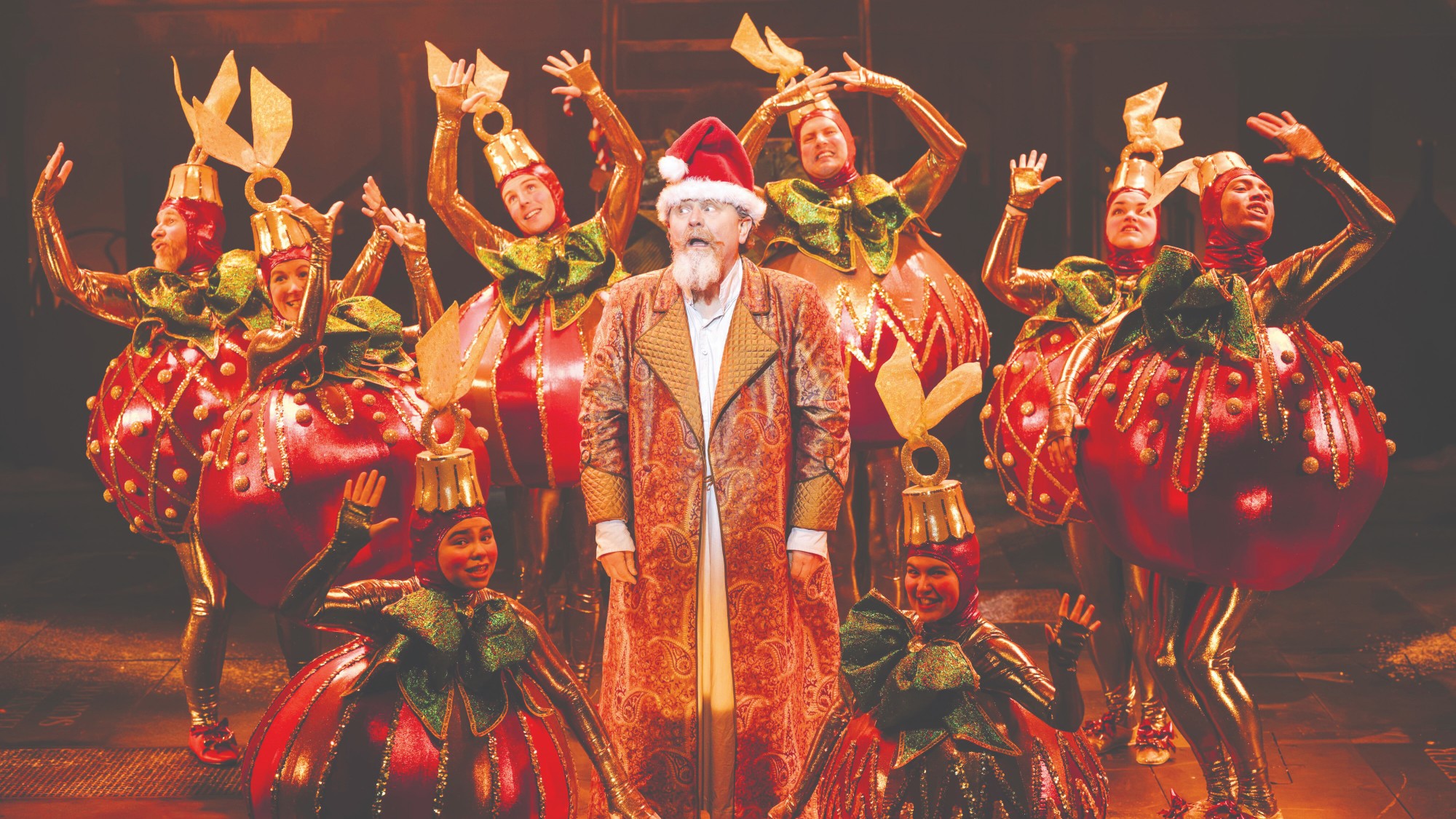 A Christmas Carol (or two)
A Christmas Carol (or two)The Week Recommends These are the most delightful retellings of the Dickens classic from around the country
-
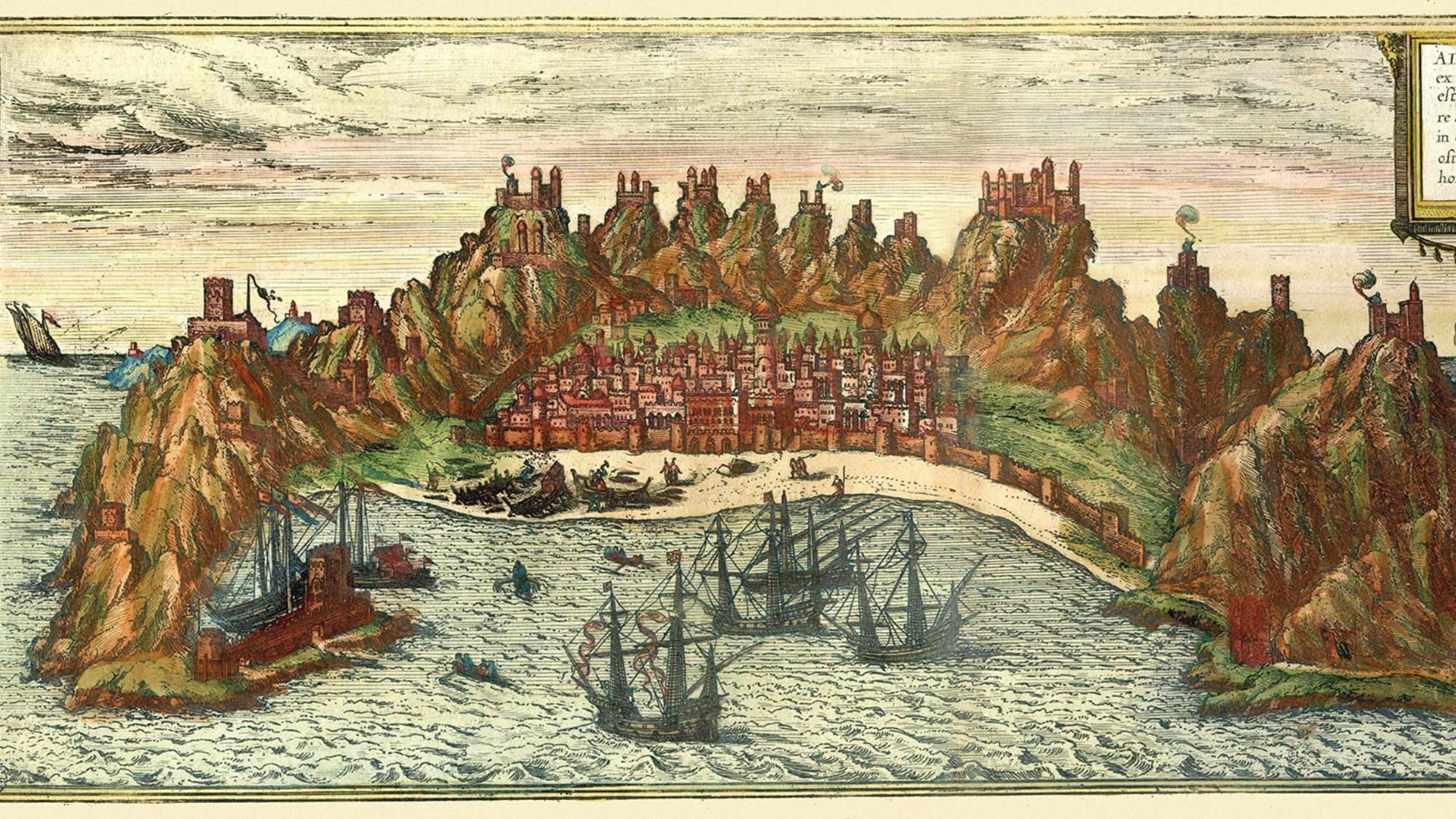 ‘Capitalism: A Global History’ by Sven Beckert and ‘American Canto’ by Olivia Nuzzi
‘Capitalism: A Global History’ by Sven Beckert and ‘American Canto’ by Olivia NuzziFeature A consummate history of capitalism and a memoir from the journalist who fell in love with RFK Jr.